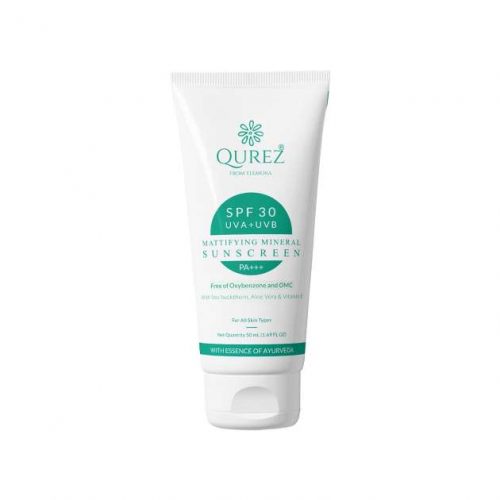The great thing about writing a non-affiliated skincare blog, is that my reader’s tell me what they want to read!
It works well for me, so please keep your requests coming in.
Sources of information
Querz have very helpfully published the entire ingredient list of this sunscreen on their website.
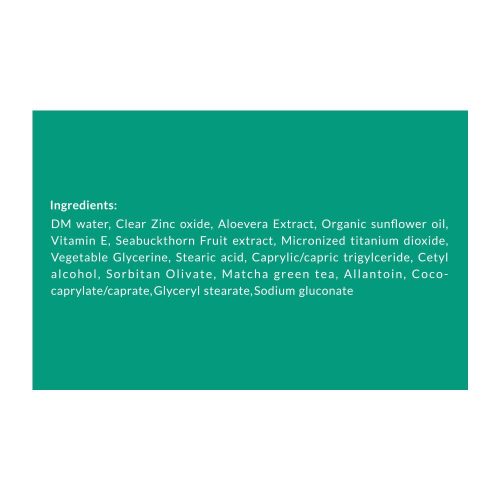
At the date of this blog, the sunscreen is available for sale extensively online. The MRP at the date of this blog is INR 450 for 50ml.
Happy Skin Days Sunscreen test
In deciding whether or not to use a product I apply the following very basic sunscreen test.

This is an SPF 30 product, and it has UVA and UVB filters. It doesn’t contain any harmful chemicals that I look for (parabens, Oxybenzone, BHT) and there is no reason to not use this product (except as I have indicated below).
3) What UVA and UVB filters are present?
Its vital that sunscreens contain “UV filters” that protect our skin by absorbing, reflecting or scattering UVA and UVB rays, as both rays have been definitively linked to photoaging and skin cancer.
The filters present in this product are “clear” Zinc Oxide and Titanium Dioxide (micronized).
Both Zinc Oxide and Titanium Dioxide have a long track record of safe use when topically applied. Both are photostable (do not breakdown in UV radiation) and are not absorbed into the skin. Even if de minimis penetration of (e.g.) Zinc Oxide occurs, there are no adverse health effects, given the high levels of endogenous Zinc already present in the body.
While both Zinc Oxide and Titanium Dioxide are broadspectrum filters, Titanium Dioxide is the better UVB filter and Zinc Oxide is the better UVA filter.
In an Instagram message dated 21st March 2021, the Querz have confirmed the following: Zinc Oxide present upto 10% and Titanium Dioxide present upto 6%-7%
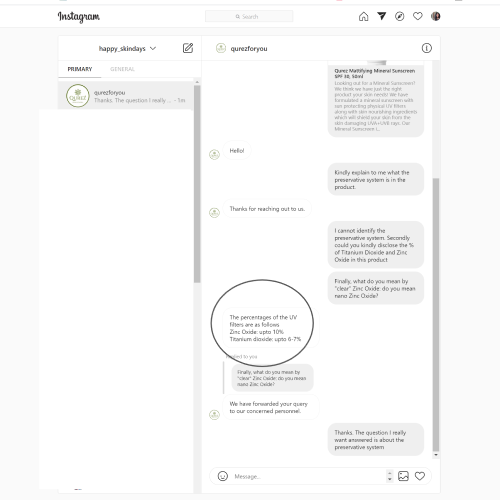
Using a sunscreen simulator, this is the absorbance of the product. (This is an estimate, as the only way to factually figure out the SPF and PA of a product is in a lab).
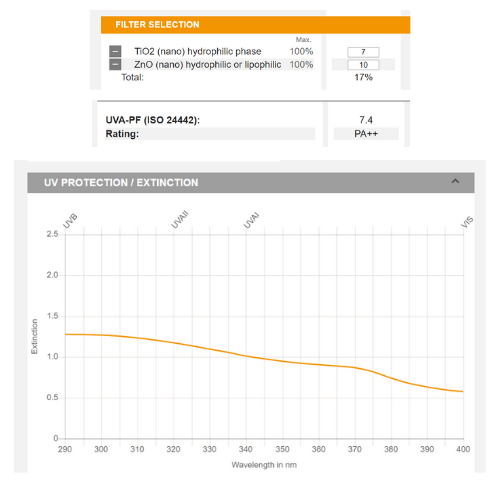
Is this a PA+++ product?
(In 1995, the Japanese Cosmetic Industry Association (JCIA), developed a UVA protection factor (UVA-PF) using only Persistent Pigment Darkening (PPD) as the biological endpoint. This original PPD method was like the SPF test, but only used UVA radiation for the exposure source and the minimal dose for PPD as the biological endpoint was what was being measured. The results of UVAPF allowed sunscreen manufacturers to display the following labels on their products in Japan).

Its important to note that India does not have specific rules governing the display of PA on sunscreens. So, no-one in the government is checking if Querz’s mineral sunscreen is in fact a PA++ or PA+++ product. But honestly, we don’t need a regulatory body to tell us.
At 10% Zinc Oxide it is a stretch to claim this is a PA+++ product. If I were to use this sunscreen, I would assume it offers PA++ protection.
With sunscreen, it is always be better to be sceptical about claims and NOT give manufacturers any artistic licence in the claims they make.
Would I use this sunscreen?
I’m waiting for this sunscreen to come through the post, so that I can comment on the aesthetics of the product.
But I would not buy this sunscreen because, based on the ingredient label, I cannot identify what the preservative system is. I have written to the manufacturer and so watch, this space…
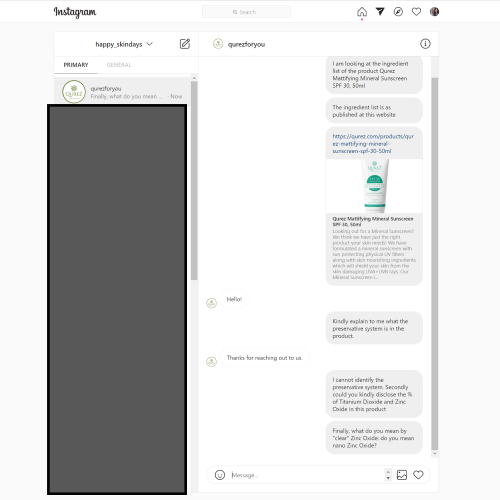
I have written, “I cannot identify the preservative system, please explain what it is. Secondly could you kindly disclose the % of Titanium Dioxide and Zinc Oxide in this product. Finally, what do you mean by “clear” Zinc Oxide? Is this the same as nano-Zinc Oxide?
See also the following blogs
HAPPY SKIN DAYS. COPYRIGHT RESERVED 2021. I am a non-affiliated skincare blogger. I invest my own resources in researching and creating content for my blog. The contents of this blog, including images are protected by copyright law(s). My content cannot be replicated without my consent. You can write to me at email@happyskindays.com. I will file criminal and civil charges for copyright infringement.
